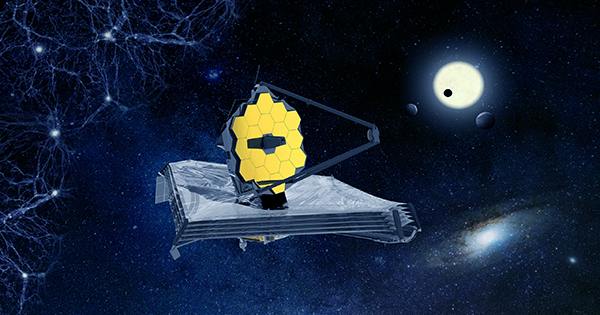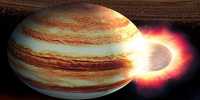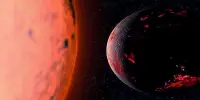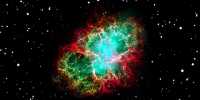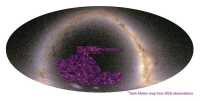On July 12, six months after its tense launch, the James Webb Space Telescope (JWST), the biggest, priciest, and most complicated observatory ever sent into orbit, will unveil its first real photographs. What may we so anticipate seeing? JWST is able to look further back in time than any other telescope since it is supported by Hubble. Although the mission’s major scientific goals have been determined for years, its creators have kept the topic of the first full-color photographs carefully under wraps, despite hints that it may astound both scientists and the general public.
According to Klaus Pontoppidan, JWST project scientist at the Space Telescope Science Institute, “Our aims for Webb’s initial photos and data are both to display the telescope’s formidable capabilities and to preview the science mission to come” (STSc). “They are sure to give astronomers and the general public a long-awaited “wow”.”
The primary function of the telescope is to stare into the depths of space and time in order to shed light on the formation of the earliest galaxies. In order to assess if distant exoplanets may potentially support life, it also intends to detect them and analyze their atmospheres. It has taken five years to decide what the JWST should focus on first. Back in 2017, it was stated that the initial JWST goals will include studying the process of star formation, Jupiter and its moons, the atmospheres of exoplanets, and the super-heated quasar regions that surround enormous black holes.
Since these objects were among JWST’s first objectives, it’s possible that one of them may appear in the first pictures that are revealed next month, but it’s impossible to predict which one would be chosen. On July 12 at 10:30 am EDT (2:30 pm UTC), the photographs will be shown, and you can watch it all live here or on any of NASA’s social media accounts on Facebook, Twitter, YouTube, etc.
On Christmas Day 2021, the JWST was launched into orbit after 14 protracted delays. By the end of January 2022, it had arrived at its ultimate location, L2, the second Lagrangian Point, which is about 1.5 million kilometers (932,056 miles) away from Earth. The following few months were spent installing, adjusting, and testing its collection of equipment. The telescope’s optics may be meeting or perhaps exceeding expectations, according to early photographs that have already been made public. The initial results of this work and the full potential of JWST will soon be seen.
Nobody, not even the mission’s researchers, is certain of the photographs’ final visual appearance, even if the first full-color images’ subject matter is unknown. As the chief science visualizations developer for STScI, Joseph DePasquale said, “Of course, there are things we are anticipating and hope to see, but with a new telescope and this new high-resolution infrared data, we really won’t know until we see it.”
The main science goal of JWST will just begin with these photographs. We are on the verge of an extremely exciting moment of understanding our cosmos as we draw closer to finishing the observatory’s preparation for science. According to Eric Smith, JWST program scientist at NASA Headquarters in Washington, “the publication of Webb’s first full-color photographs will present a rare time for us all to pause and wonder at a vision humankind has never seen before.” These pictures will be the result of years of hard work, skill, and ambitions, but they won’t be the end.
